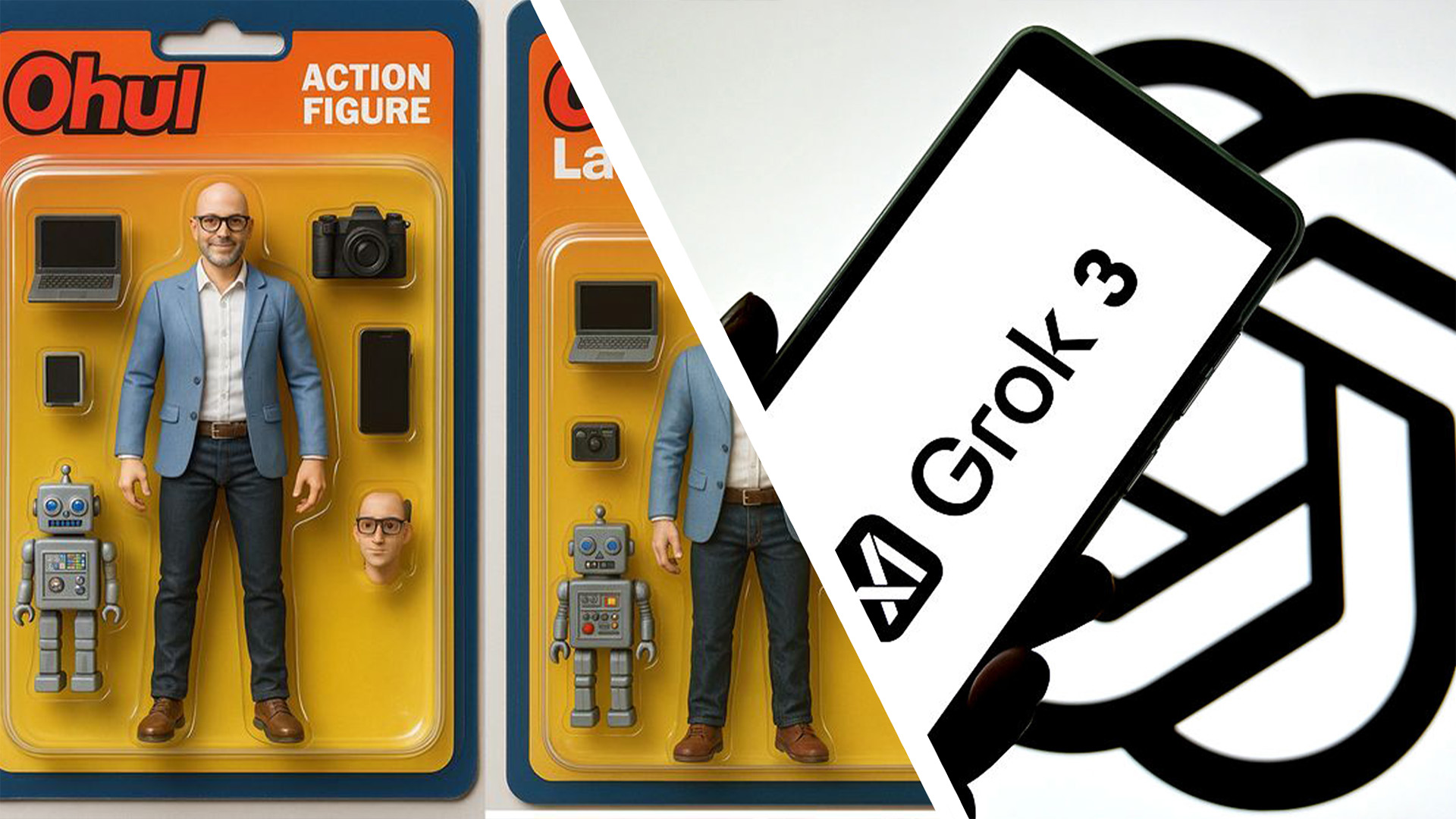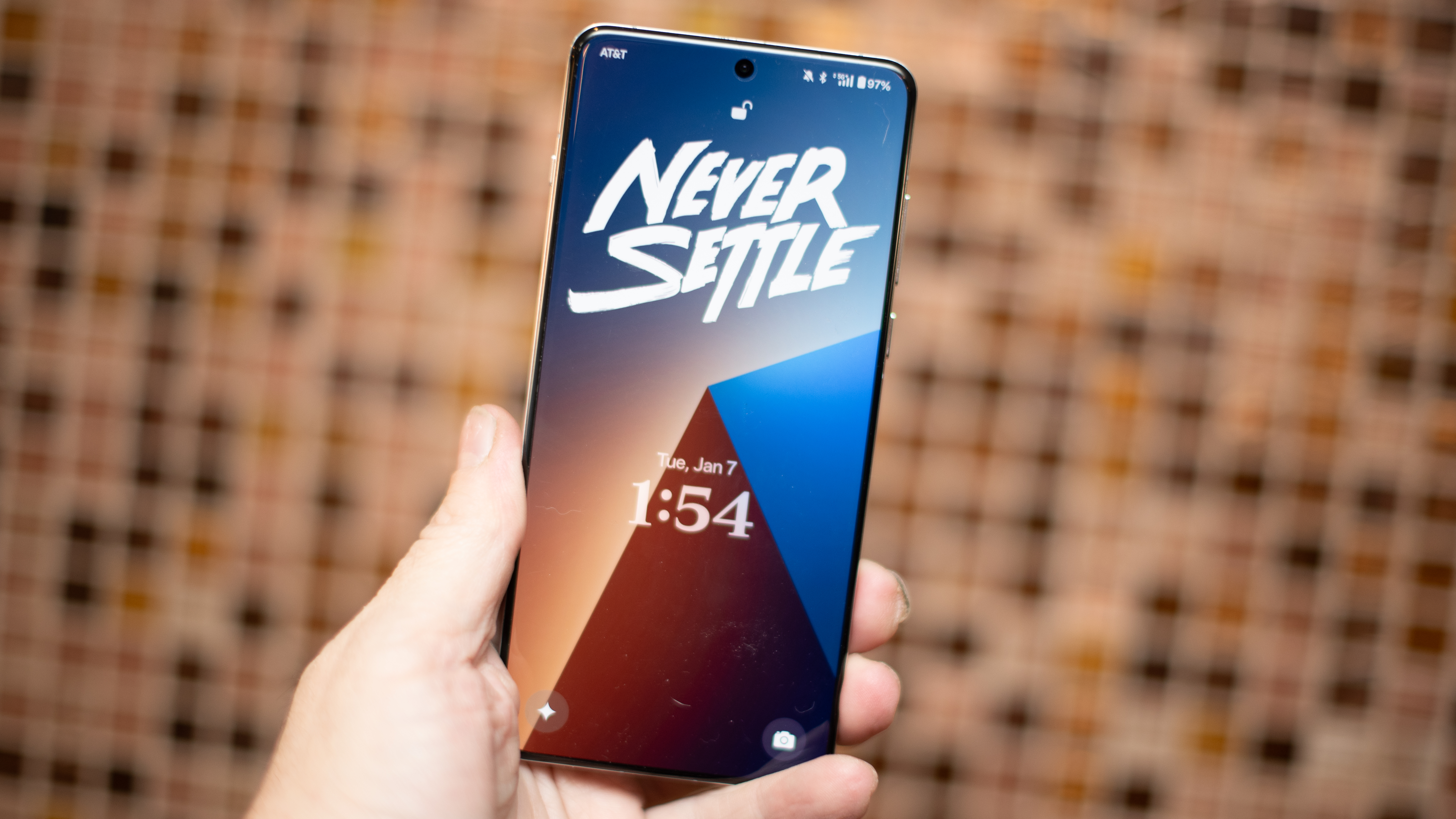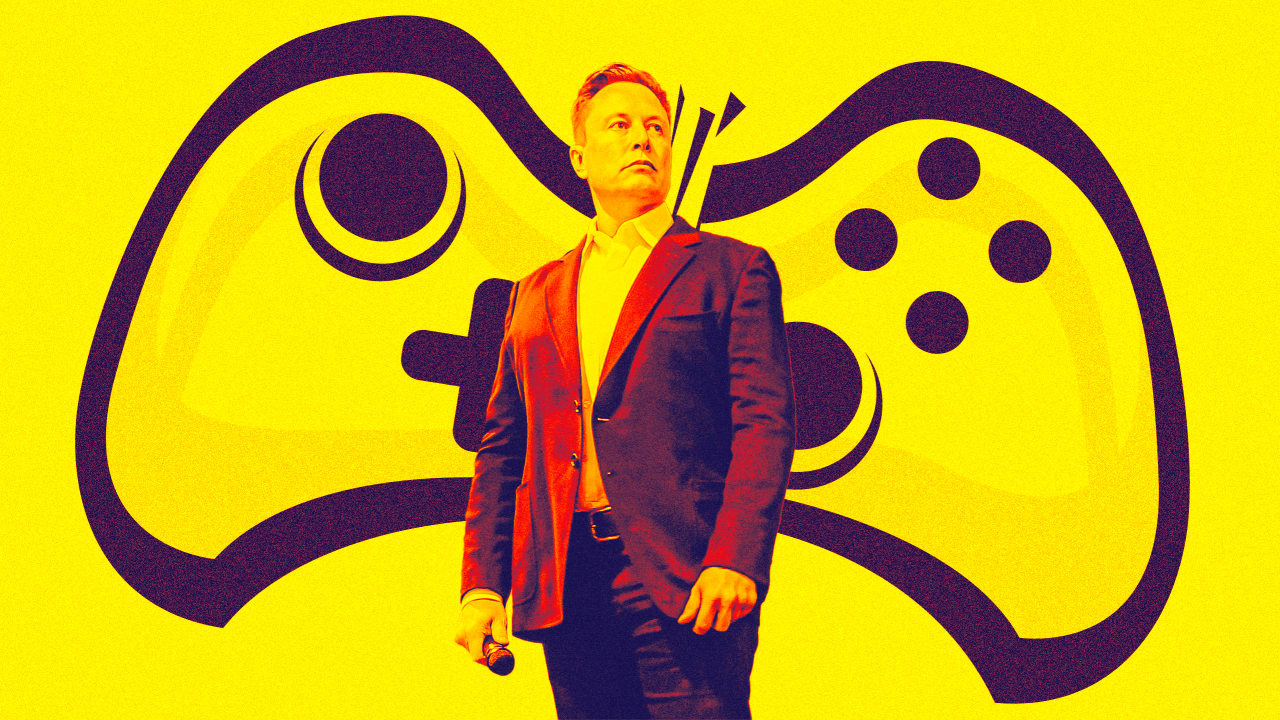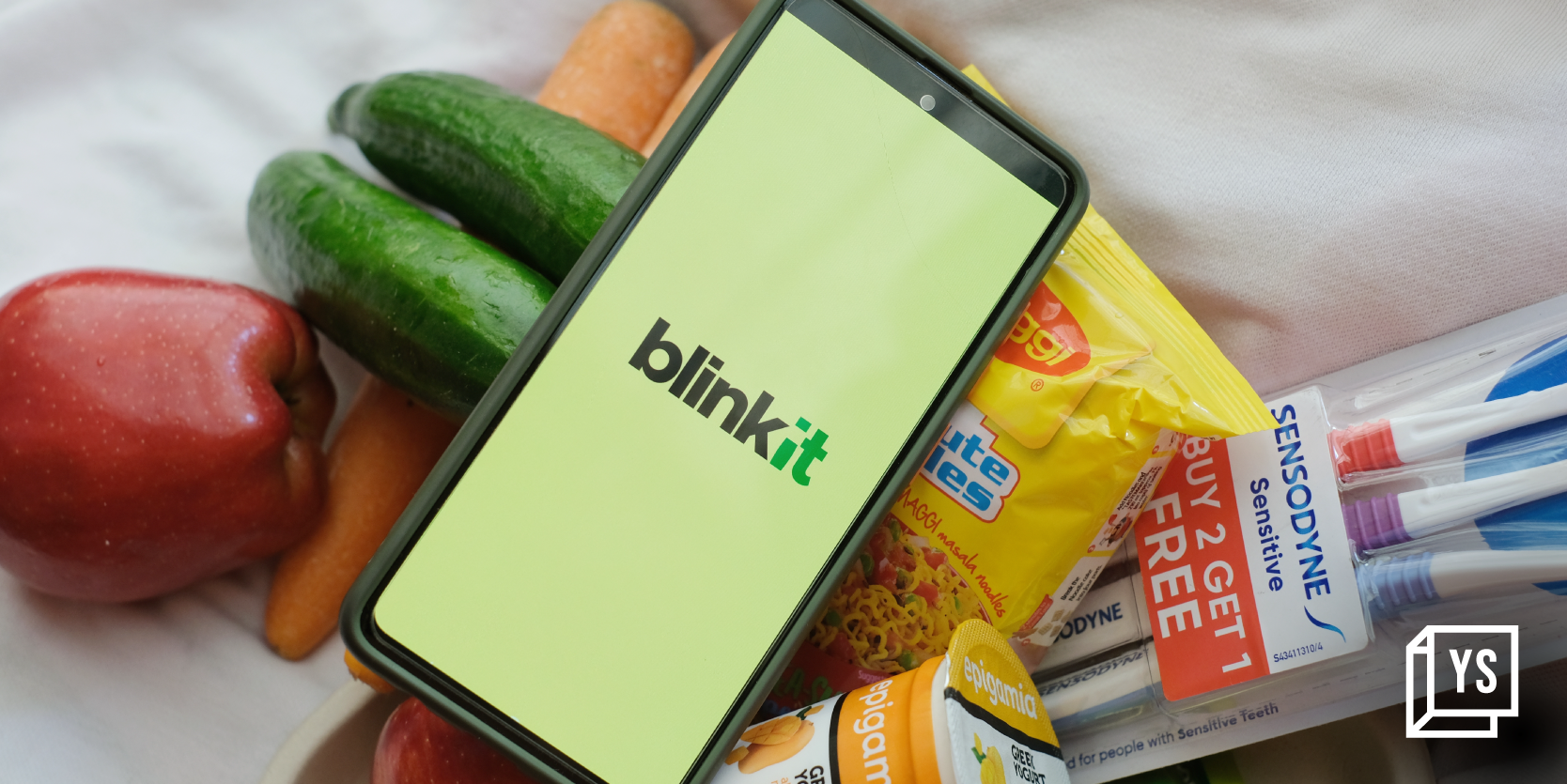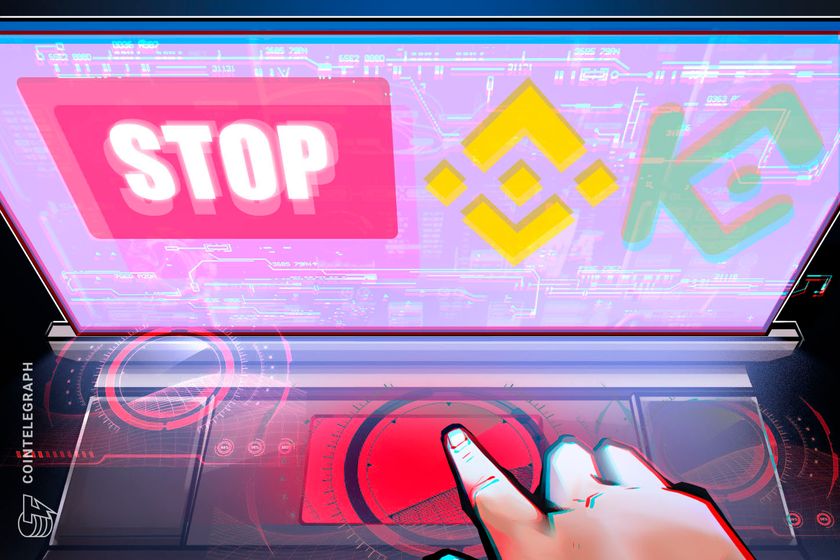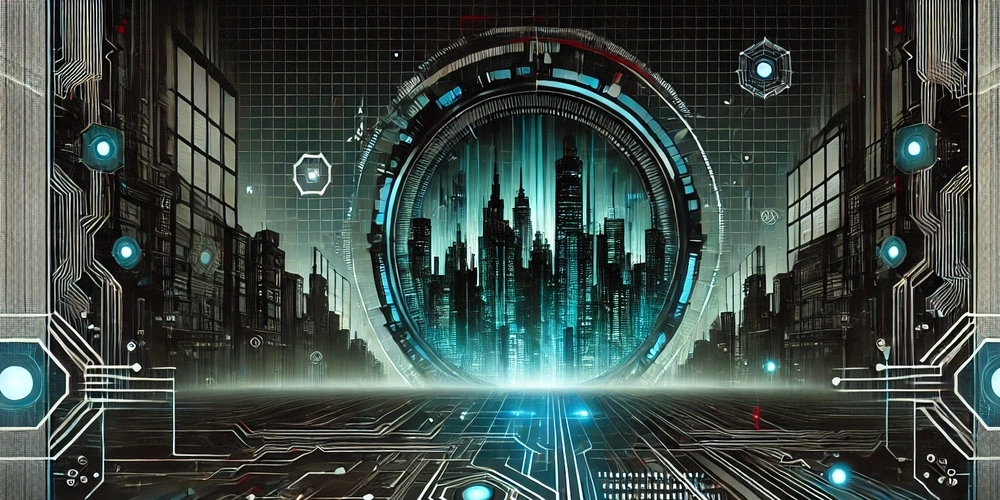Will Testing Evolve into Fully AI-Automated Testing with Complete Coverage in the Future?
The landscape of software testing is undergoing a seismic shift. As artificial intelligence (AI) continues to permeate every corner of technology, the question arises: will traditional testing methodologies give way to fully AI-automated testing with 100% coverage? In this article, we’ll explore the current state of testing, the role AI is playing, the potential for full automation, and what the future might hold. The Current State of Software Testing Software testing today is a blend of manual and automated approaches. Manual Testing: While time-consuming and prone to human error, it remains essential for exploratory testing, usability evaluation, and scenarios requiring human intuition. Automated Testing: Excels at repetitive tasks, regression testing, and large-scale validation, leveraging tools like Selenium, JUnit, and Cypress. Despite these advancements, achieving "full coverage"—testing every possible scenario, input, and edge case—remains elusive. The complexity of modern applications, with their intricate integrations, dynamic user interactions, and constant updates, makes exhaustive testing impractical. Even with automation, test coverage is often limited by resource constraints, time, and the creativity of test case design. The Rise of AI in Testing AI is already transforming testing by addressing some of these limitations. Here’s how: Test Case Generation: AI algorithms can analyze codebases, user behavior, and historical data to automatically generate test cases, including edge cases humans might overlook. Self-Healing Tests: AI-powered tools can adapt to UI changes, reducing the maintenance burden of automated scripts that break with every update. Defect Prediction: Machine learning models can predict high-risk areas of code, allowing testers to focus efforts where they’re most needed. Performance Testing: AI can simulate real-world traffic patterns and optimize load testing dynamically. Visual Testing: AI-driven image recognition ensures pixel-perfect UI validation across devices and screen sizes. Tools like Testim, Mabl, and Functionize are leading the charge, embedding AI into the testing lifecycle. These advancements hint at a future where AI doesn’t just assist testers—it takes the reins. The Dream of Full Automation with Complete Coverage Imagine a world where AI handles all testing tasks: writing tests, executing them, analyzing results, and even fixing bugs—all with 100% coverage. This vision includes: Zero Human Intervention: AI systems autonomously manage the entire testing process. Infinite Scalability: Testing scales effortlessly with application complexity and size. Perfect Coverage: Every line of code, user journey, and edge case is validated in real time. Achieving this would require AI to master contextual understanding, creativity, and decision-making at a level far beyond today’s capabilities. It would also demand seamless integration with development pipelines, flawless data interpretation, and the ability to anticipate user needs without explicit instructions. Challenges to Full AI Automation While the potential is exciting, several hurdles stand in the way: Complexity of Human Behavior: AI struggles to replicate the nuanced, unpredictable nature of human interaction with software. Ethical and Bias Risks: AI systems can inherit biases from training data, leading to skewed testing priorities or missed defects. Cost and Infrastructure: Building and maintaining advanced AI testing systems requires significant investment. Interpretability: AI’s "black box" nature can make it hard to trust or debug its decisions. Dynamic Environments: Rapidly changing software ecosystems challenge AI’s ability to keep up without constant retraining. Even with these obstacles, incremental progress is undeniable. AI is steadily reducing the manual effort required and increasing test coverage, inching us closer to the dream. The Future: A Hybrid Horizon Rather than a sudden leap to full AI automation, the future of testing is likely to be a hybrid model. Here’s what we might expect: AI as a Co-Pilot: Testers will use AI to handle repetitive tasks and generate insights, while humans focus on strategy, creativity, and oversight. Adaptive Coverage: AI will dynamically adjust test coverage based on risk, usage patterns, and code changes, approaching—but not fully reaching—100%. Continuous Testing: Integrated into DevOps pipelines, AI will enable real-time testing as code is written, minimizing delays. Domain-Specific AI: Specialized AI models will emerge for industries like healthcare, finance, or gaming, tailoring testing to unique needs. By 2030, industry analysts predict that AI-driven testing tools will dominate the market, with adoption rates exceeding 70% in large enterprises. Full coverage may remain a theoretical ideal, but practical coverage will skyrocket. Conclusion Will testing fully transition to AI automation with complete coverage? Not
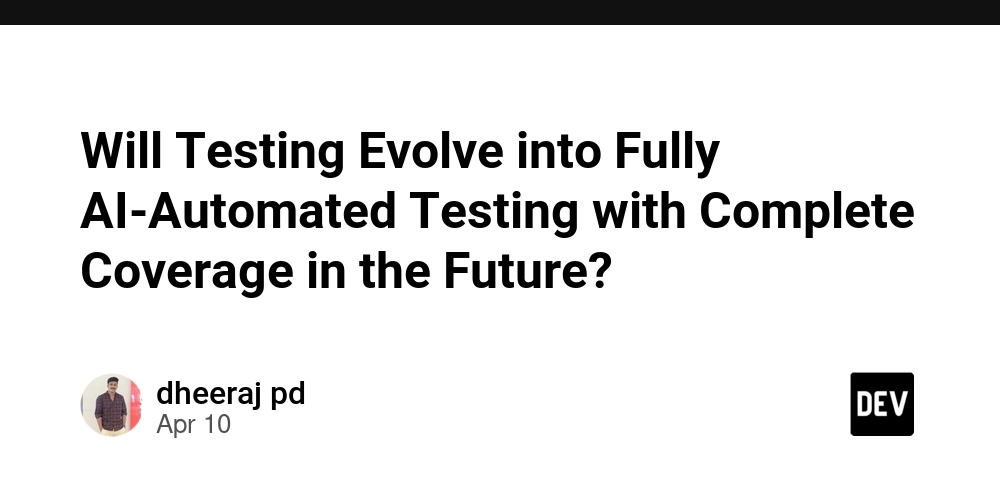
The landscape of software testing is undergoing a seismic shift. As artificial intelligence (AI) continues to permeate every corner of technology, the question arises: will traditional testing methodologies give way to fully AI-automated testing with 100% coverage? In this article, we’ll explore the current state of testing, the role AI is playing, the potential for full automation, and what the future might hold.
The Current State of Software Testing
Software testing today is a blend of manual and automated approaches.
- Manual Testing: While time-consuming and prone to human error, it remains essential for exploratory testing, usability evaluation, and scenarios requiring human intuition.
- Automated Testing: Excels at repetitive tasks, regression testing, and large-scale validation, leveraging tools like Selenium, JUnit, and Cypress.
Despite these advancements, achieving "full coverage"—testing every possible scenario, input, and edge case—remains elusive. The complexity of modern applications, with their intricate integrations, dynamic user interactions, and constant updates, makes exhaustive testing impractical. Even with automation, test coverage is often limited by resource constraints, time, and the creativity of test case design.
The Rise of AI in Testing
AI is already transforming testing by addressing some of these limitations. Here’s how:
- Test Case Generation: AI algorithms can analyze codebases, user behavior, and historical data to automatically generate test cases, including edge cases humans might overlook.
- Self-Healing Tests: AI-powered tools can adapt to UI changes, reducing the maintenance burden of automated scripts that break with every update.
- Defect Prediction: Machine learning models can predict high-risk areas of code, allowing testers to focus efforts where they’re most needed.
- Performance Testing: AI can simulate real-world traffic patterns and optimize load testing dynamically.
- Visual Testing: AI-driven image recognition ensures pixel-perfect UI validation across devices and screen sizes.
Tools like Testim, Mabl, and Functionize are leading the charge, embedding AI into the testing lifecycle. These advancements hint at a future where AI doesn’t just assist testers—it takes the reins.
The Dream of Full Automation with Complete Coverage
Imagine a world where AI handles all testing tasks: writing tests, executing them, analyzing results, and even fixing bugs—all with 100% coverage. This vision includes:
- Zero Human Intervention: AI systems autonomously manage the entire testing process.
- Infinite Scalability: Testing scales effortlessly with application complexity and size.
- Perfect Coverage: Every line of code, user journey, and edge case is validated in real time.
Achieving this would require AI to master contextual understanding, creativity, and decision-making at a level far beyond today’s capabilities. It would also demand seamless integration with development pipelines, flawless data interpretation, and the ability to anticipate user needs without explicit instructions.
Challenges to Full AI Automation
While the potential is exciting, several hurdles stand in the way:
- Complexity of Human Behavior: AI struggles to replicate the nuanced, unpredictable nature of human interaction with software.
- Ethical and Bias Risks: AI systems can inherit biases from training data, leading to skewed testing priorities or missed defects.
- Cost and Infrastructure: Building and maintaining advanced AI testing systems requires significant investment.
- Interpretability: AI’s "black box" nature can make it hard to trust or debug its decisions.
- Dynamic Environments: Rapidly changing software ecosystems challenge AI’s ability to keep up without constant retraining.
Even with these obstacles, incremental progress is undeniable. AI is steadily reducing the manual effort required and increasing test coverage, inching us closer to the dream.
The Future: A Hybrid Horizon
Rather than a sudden leap to full AI automation, the future of testing is likely to be a hybrid model. Here’s what we might expect:
- AI as a Co-Pilot: Testers will use AI to handle repetitive tasks and generate insights, while humans focus on strategy, creativity, and oversight.
- Adaptive Coverage: AI will dynamically adjust test coverage based on risk, usage patterns, and code changes, approaching—but not fully reaching—100%.
- Continuous Testing: Integrated into DevOps pipelines, AI will enable real-time testing as code is written, minimizing delays.
- Domain-Specific AI: Specialized AI models will emerge for industries like healthcare, finance, or gaming, tailoring testing to unique needs.
By 2030, industry analysts predict that AI-driven testing tools will dominate the market, with adoption rates exceeding 70% in large enterprises. Full coverage may remain a theoretical ideal, but practical coverage will skyrocket.
Conclusion
Will testing fully transition to AI automation with complete coverage? Not entirely, at least not in the near future. While AI is revolutionizing how we test—making it faster, smarter, and more efficient—human expertise will remain a critical component. The synergy of AI’s precision and human intuition promises a future where testing is more robust and reliable than ever, even if "full coverage" stays just out of reach.
For now, the goal isn’t to replace testers but to empower them. As AI continues to evolve, so too will our approach to quality assurance, blending the best of technology and human ingenuity. The journey is underway—where it ends, only time will tell.

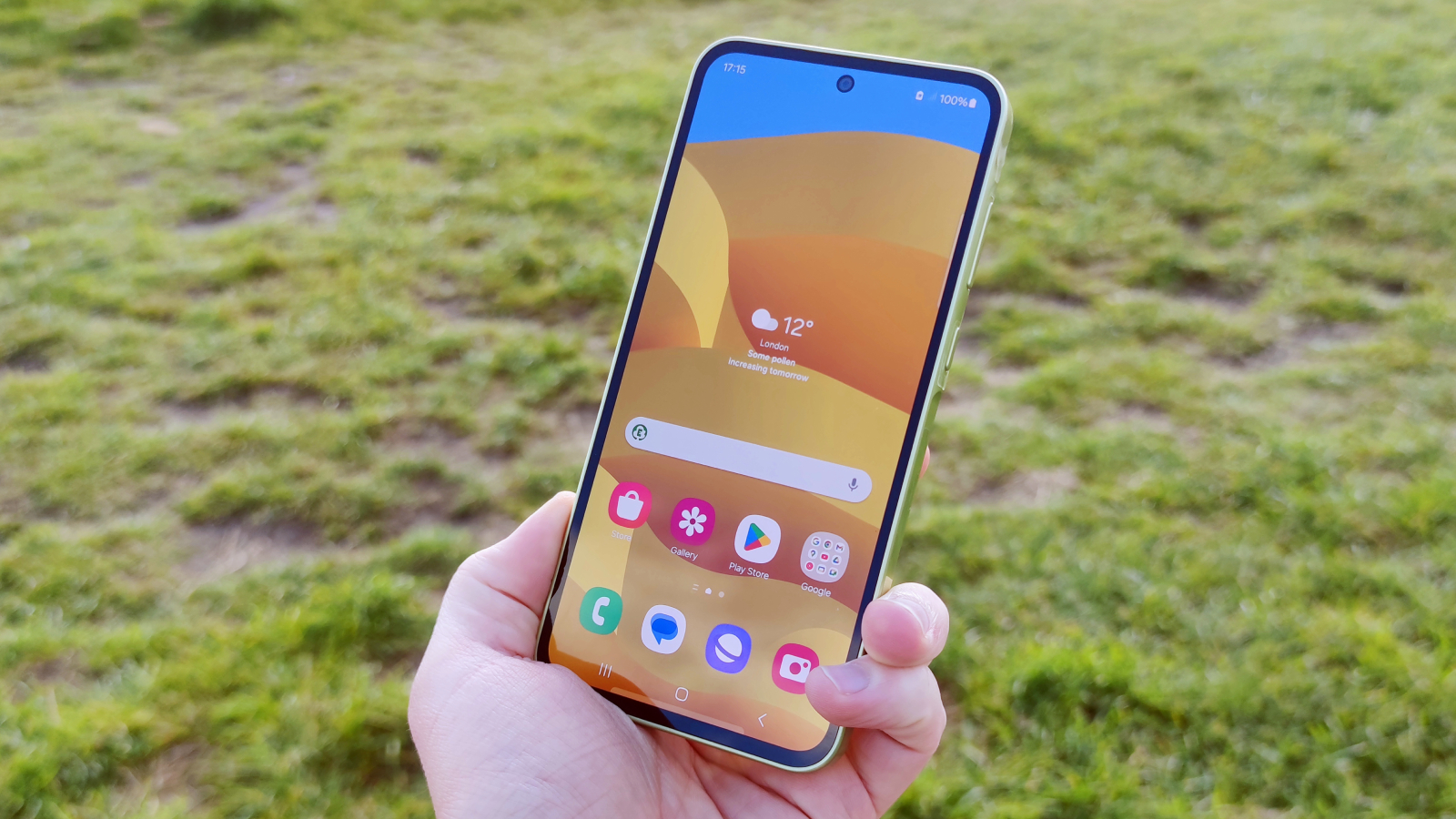









































































































































































![[The AI Show Episode 143]: ChatGPT Revenue Surge, New AGI Timelines, Amazon’s AI Agent, Claude for Education, Model Context Protocol & LLMs Pass the Turing Test](https://www.marketingaiinstitute.com/hubfs/ep%20143%20cover.png)














































































































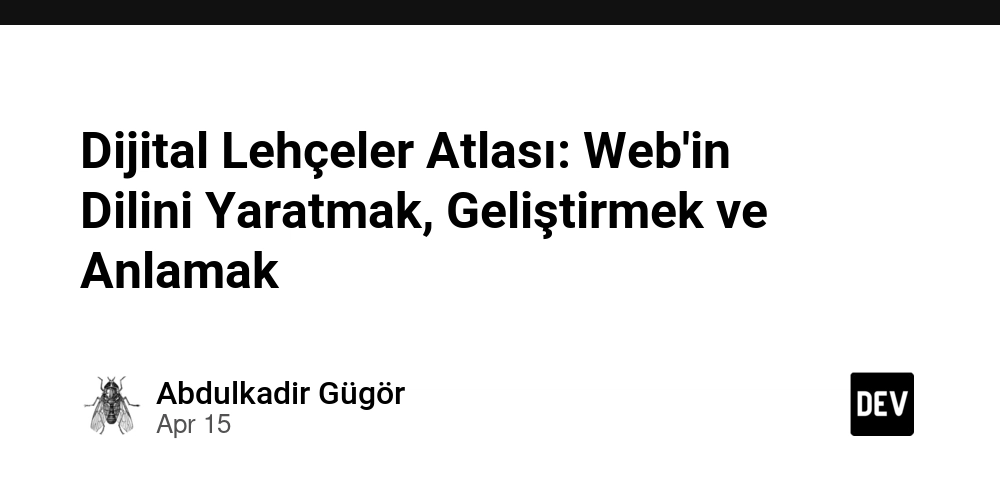
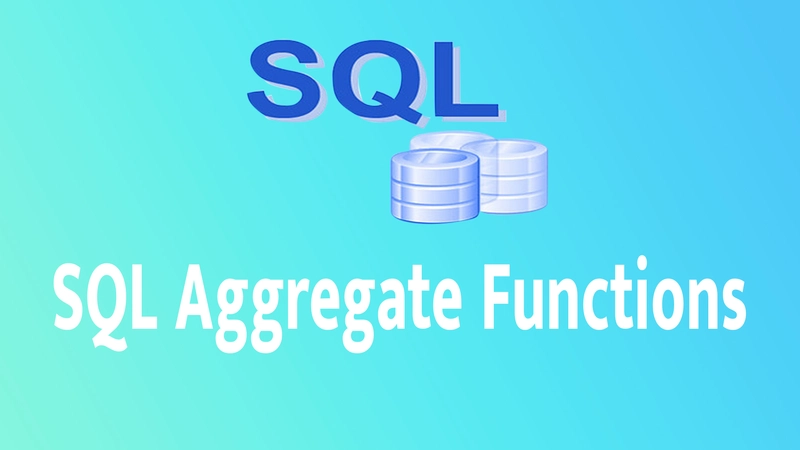

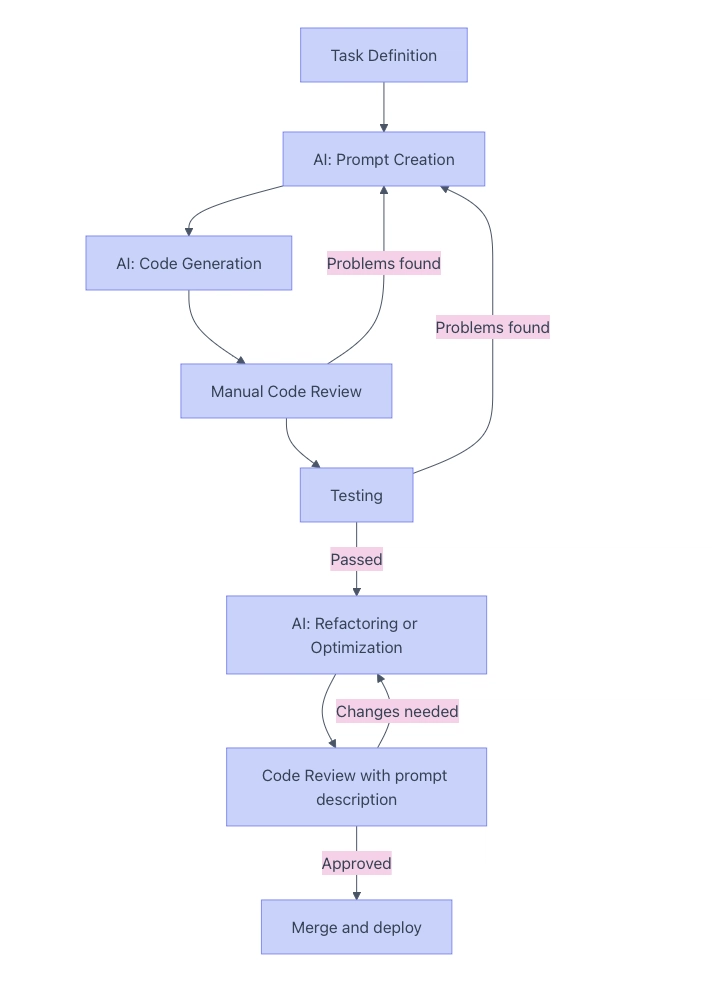




























































.png?width=1920&height=1920&fit=bounds&quality=70&format=jpg&auto=webp#)














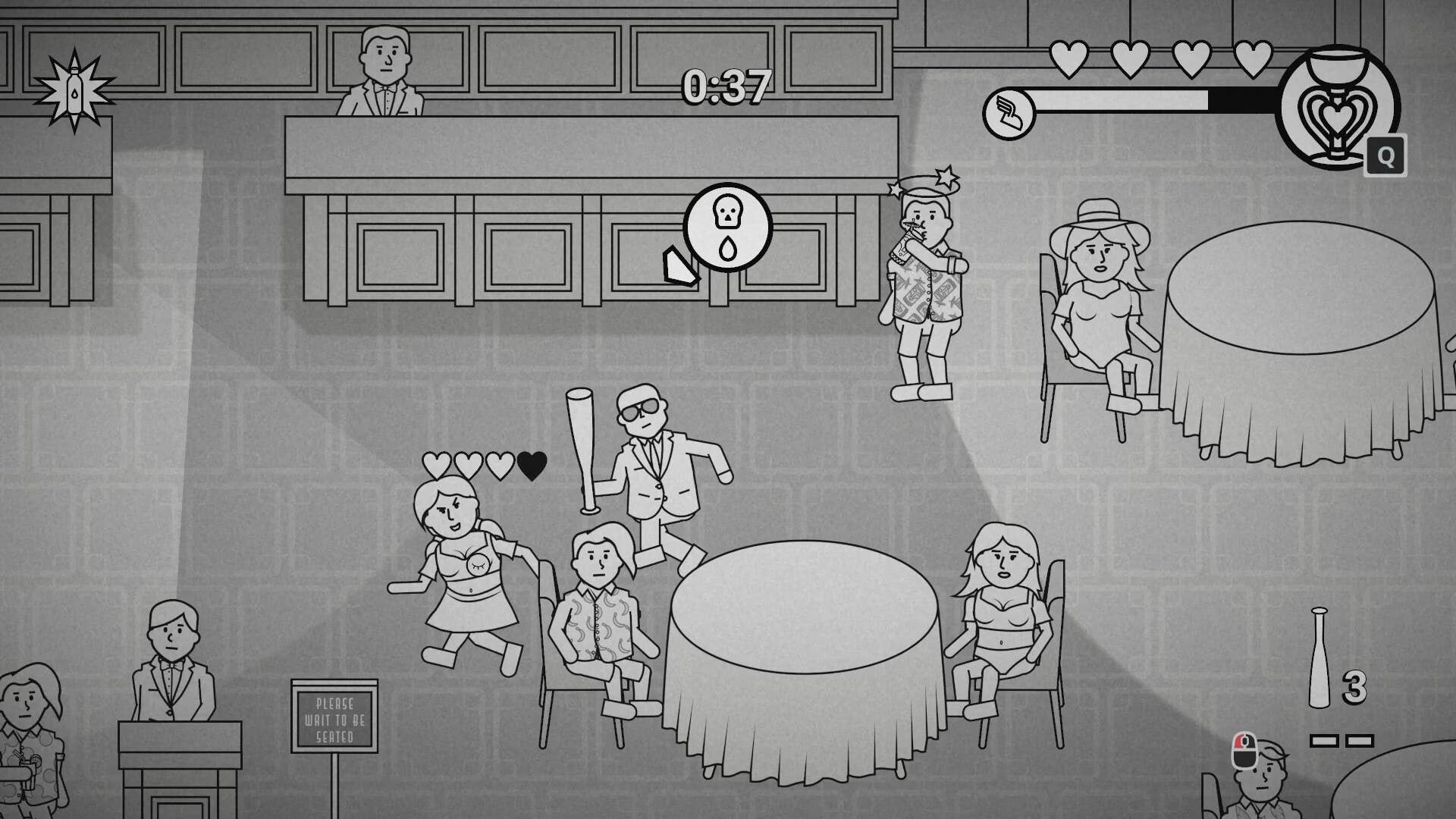









































.png?#)





















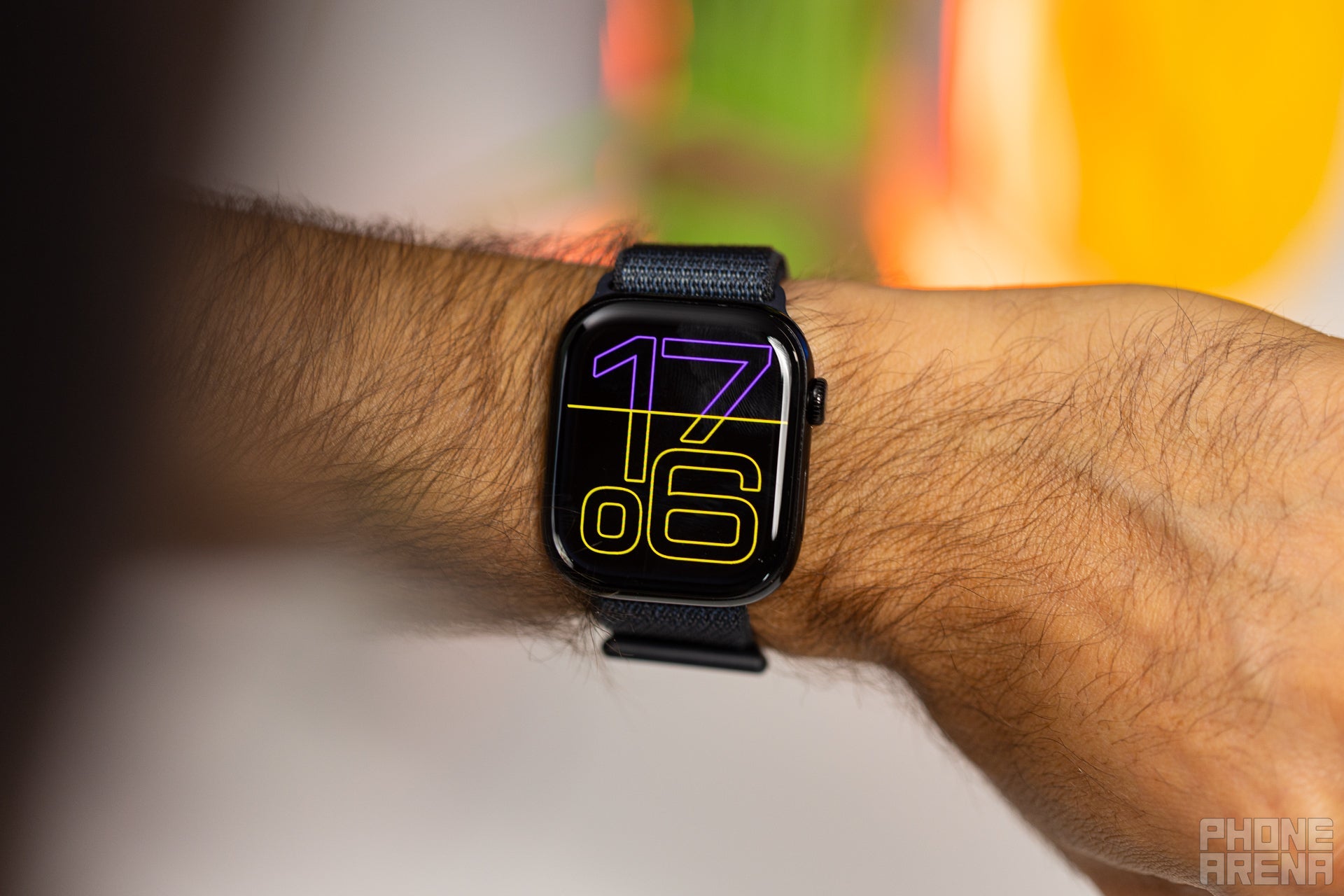

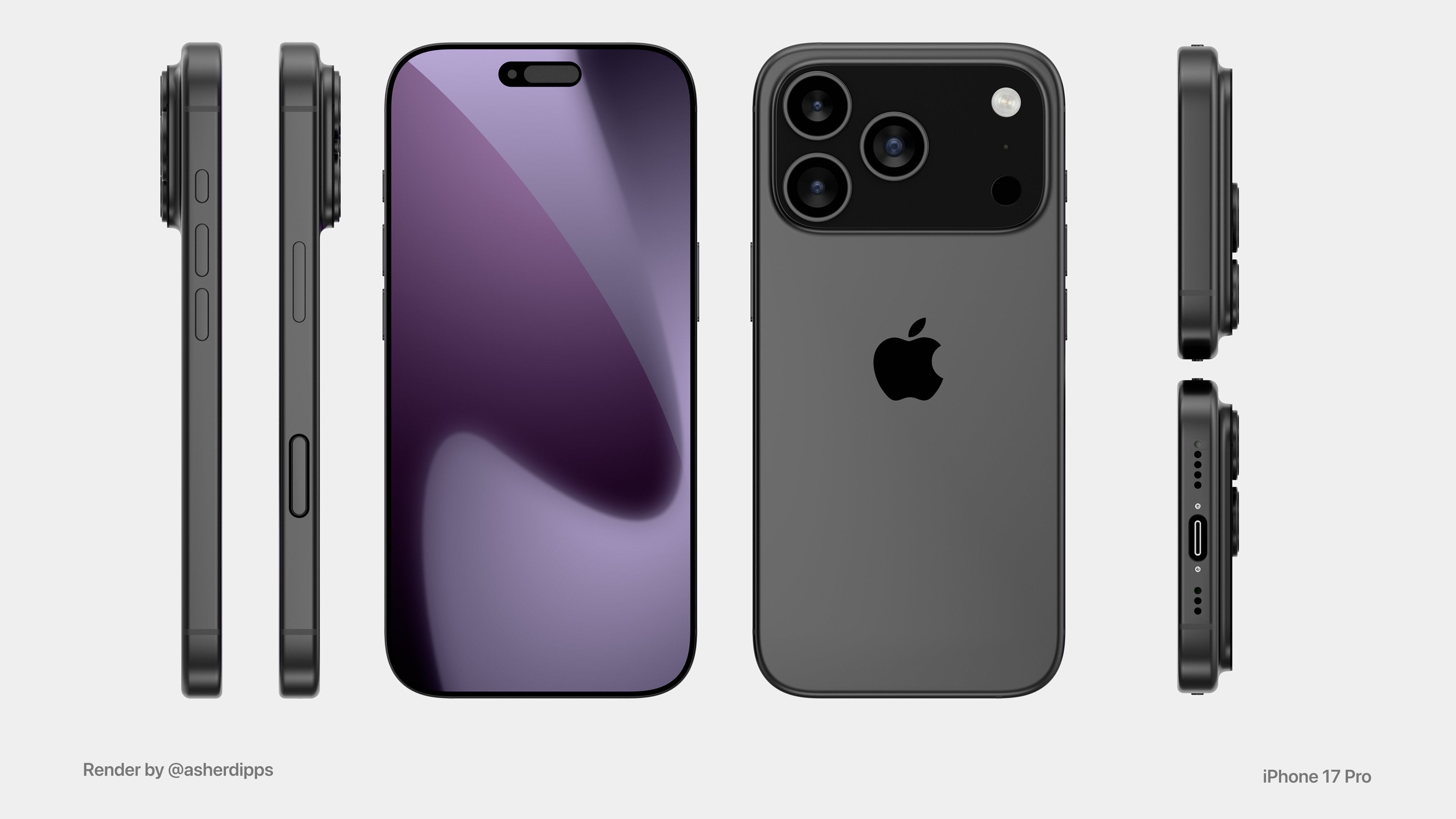













.webp?#)





































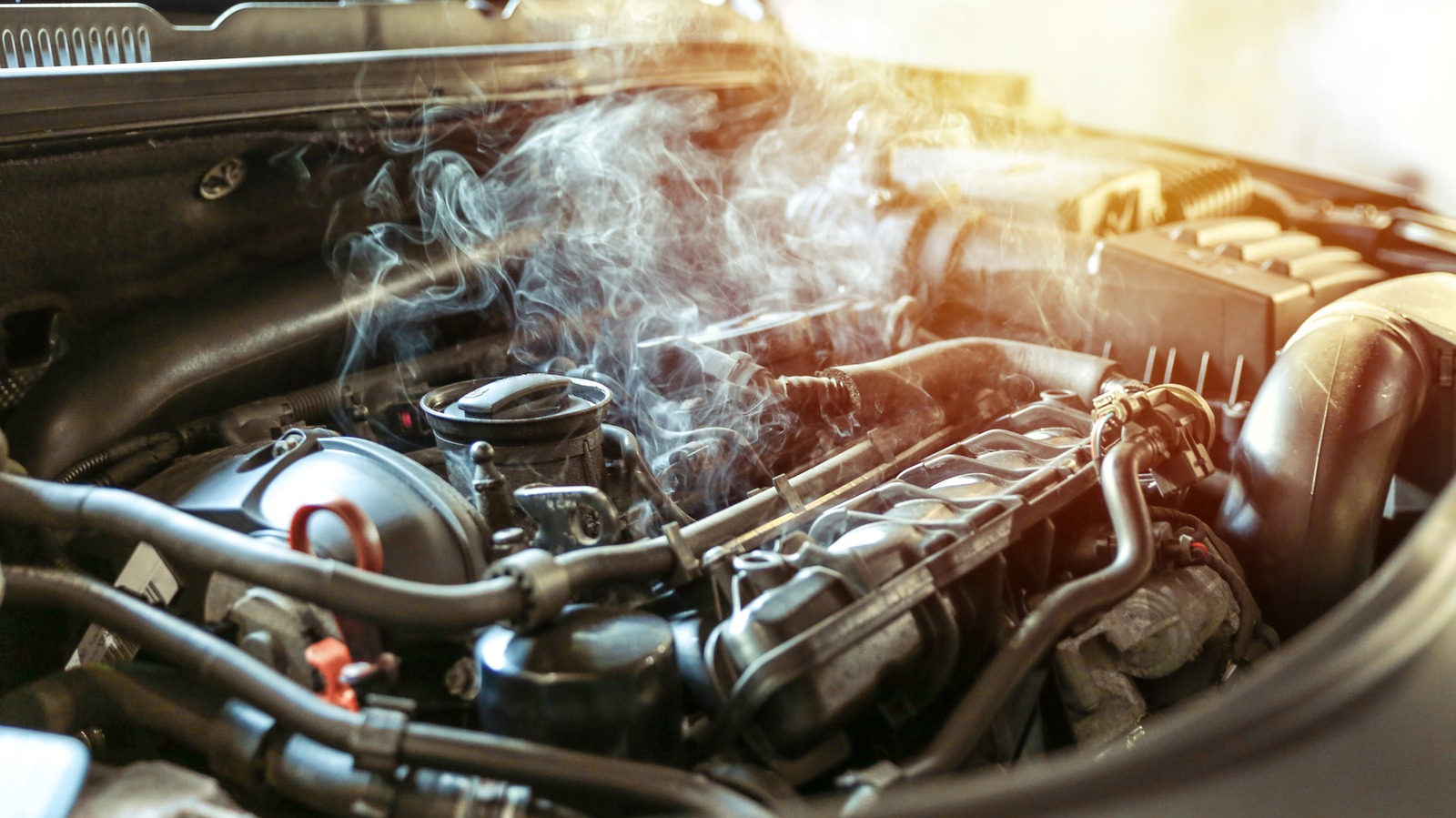
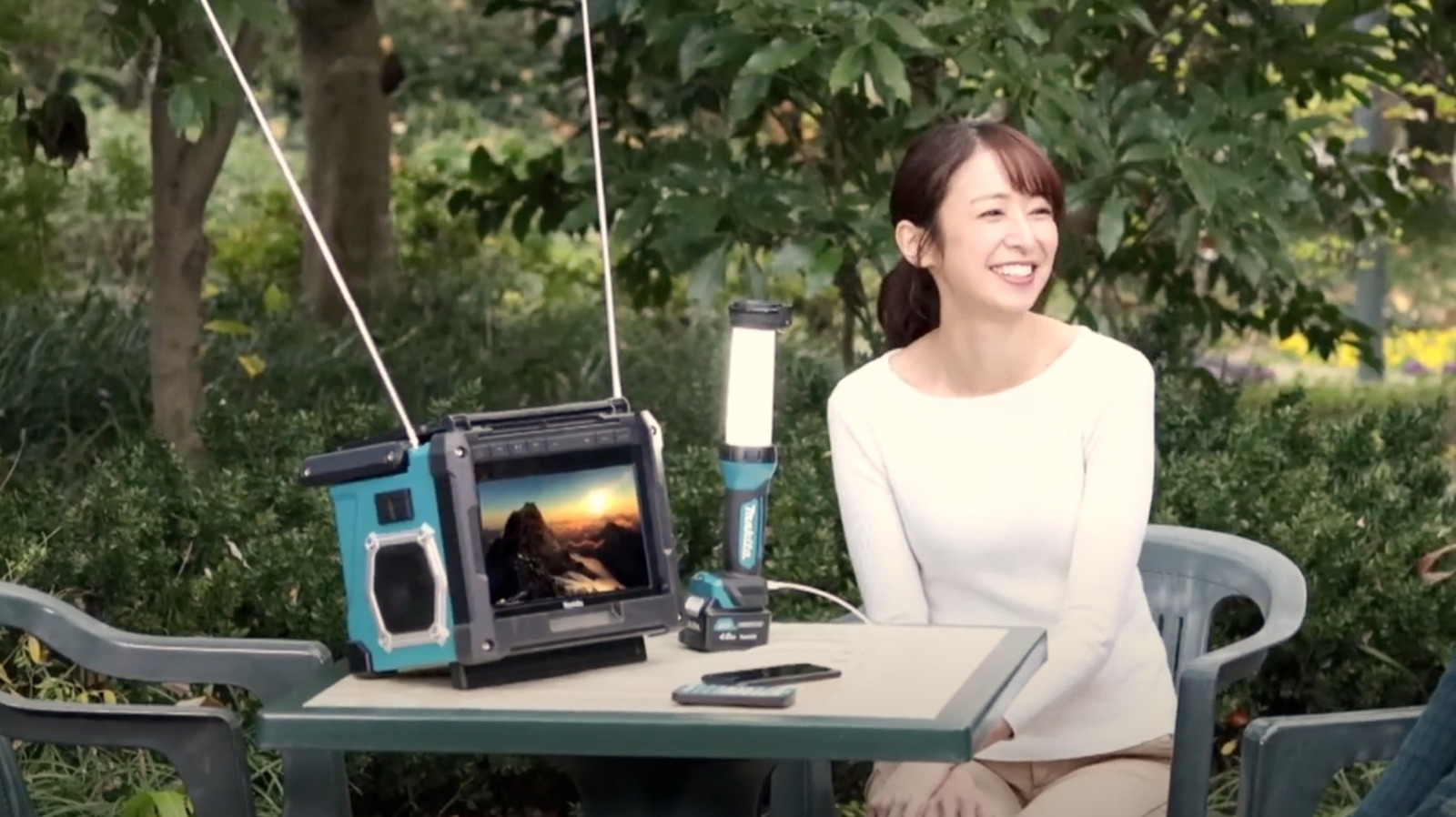
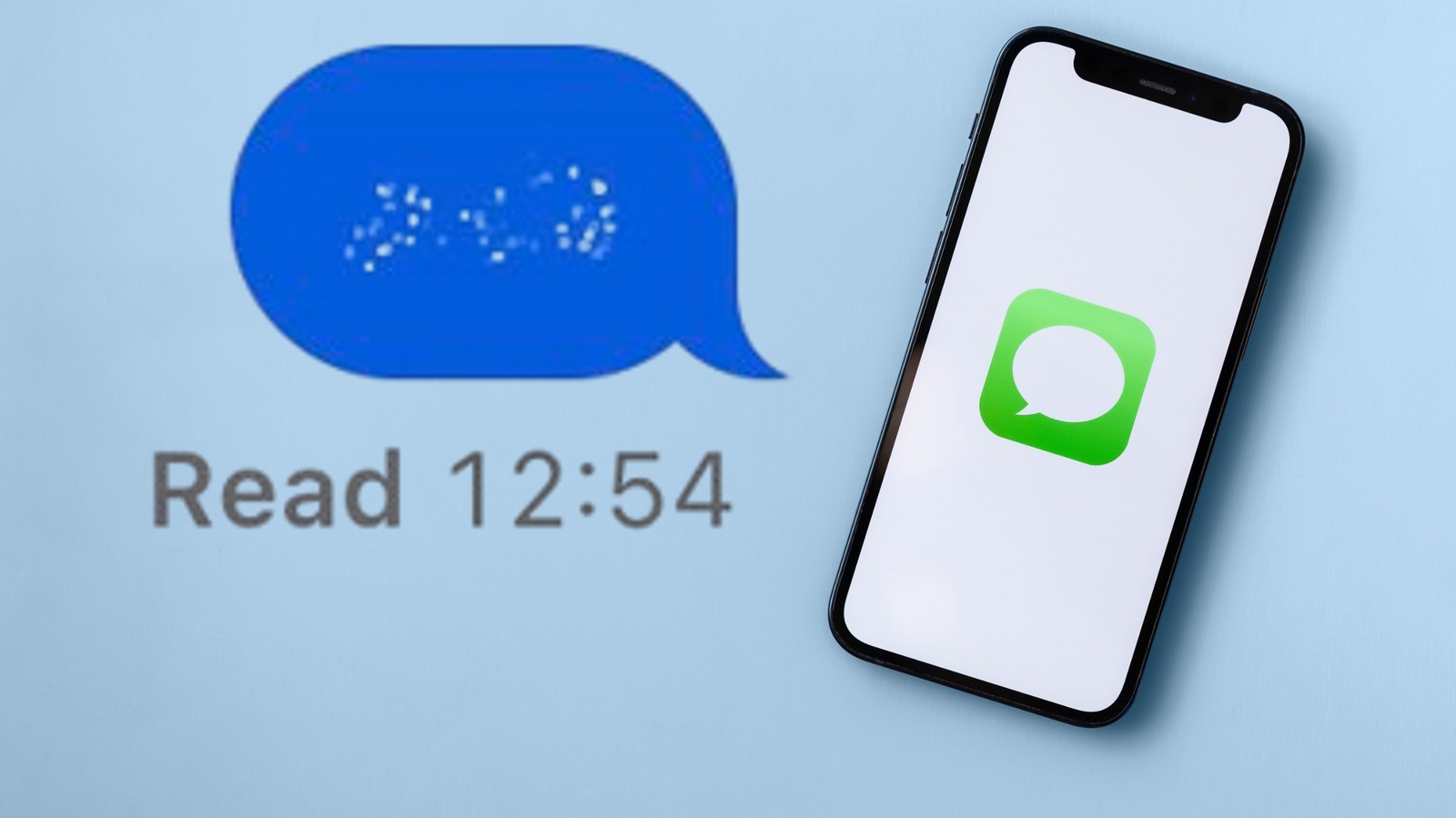












































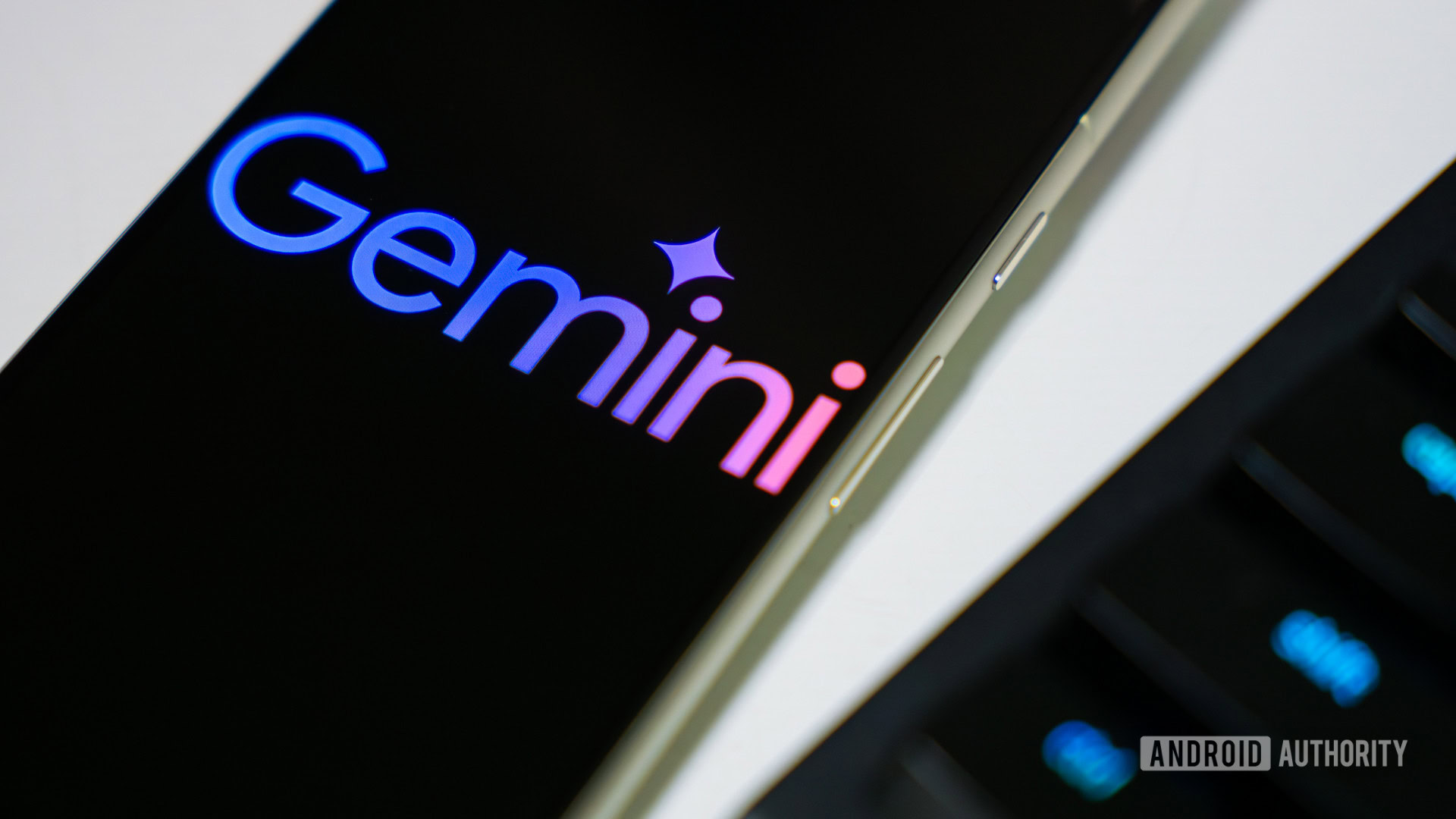
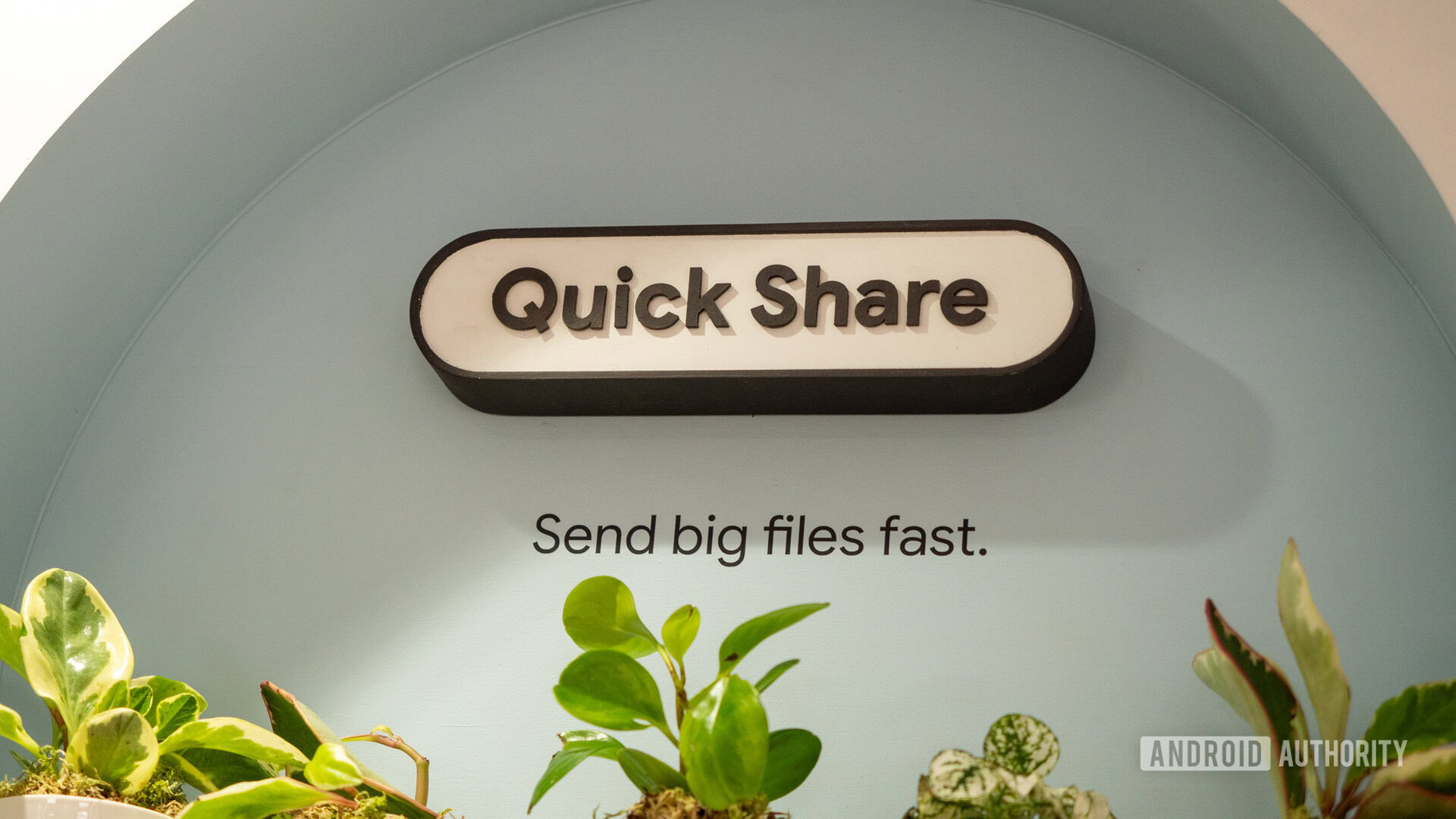





![[Fixed] Gemini app is failing to generate Audio Overviews](https://i0.wp.com/9to5google.com/wp-content/uploads/sites/4/2025/03/Gemini-Audio-Overview-cover.jpg?resize=1200%2C628&quality=82&strip=all&ssl=1)

![What’s new in Android’s April 2025 Google System Updates [U: 4/14]](https://i0.wp.com/9to5google.com/wp-content/uploads/sites/4/2025/01/google-play-services-3.jpg?resize=1200%2C628&quality=82&strip=all&ssl=1)








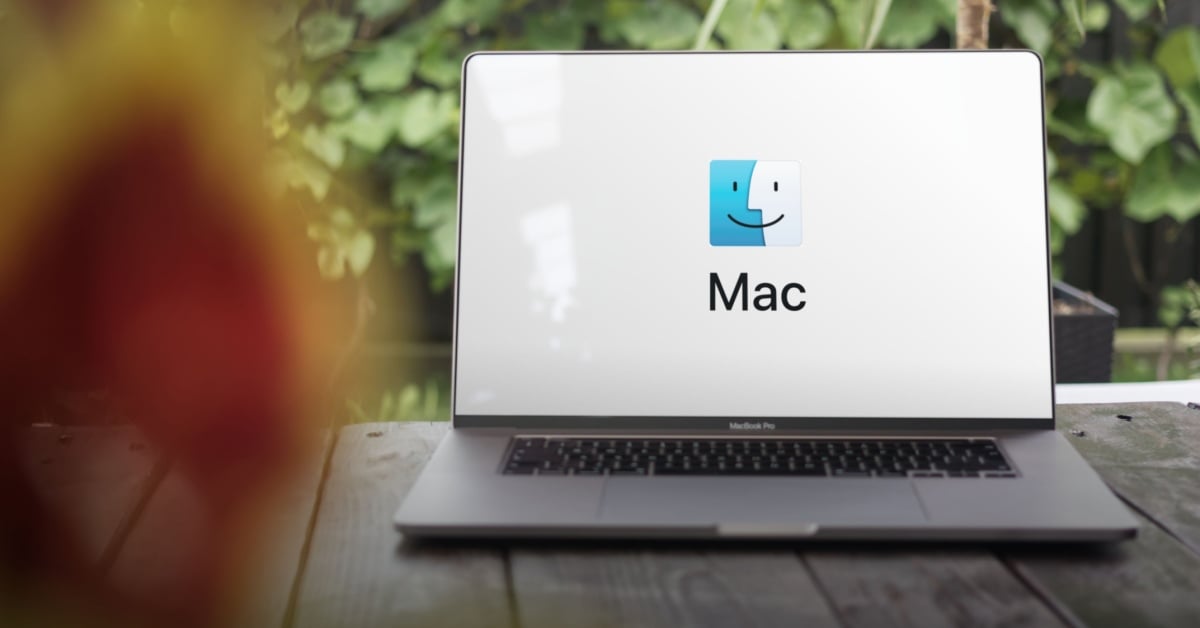




![Apple Seeds tvOS 18.5 Beta 2 to Developers [Download]](https://www.iclarified.com/images/news/97011/97011/97011-640.jpg)
![Apple Releases macOS Sequoia 15.5 Beta 2 to Developers [Download]](https://www.iclarified.com/images/news/97014/97014/97014-640.jpg)















